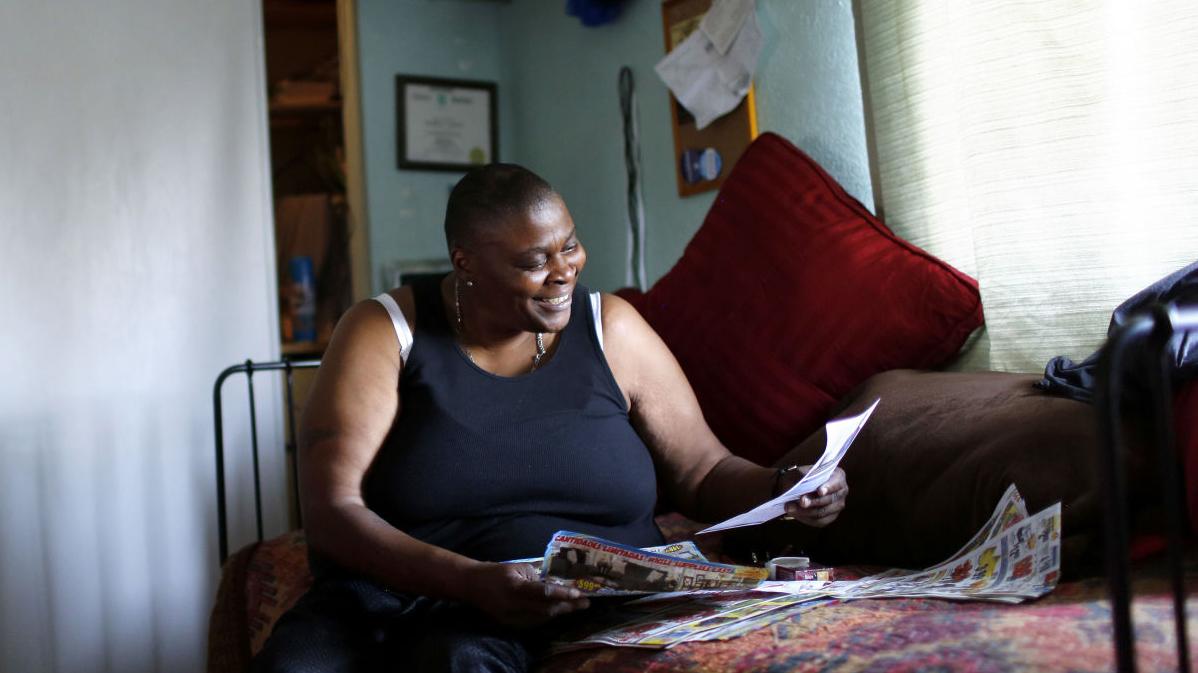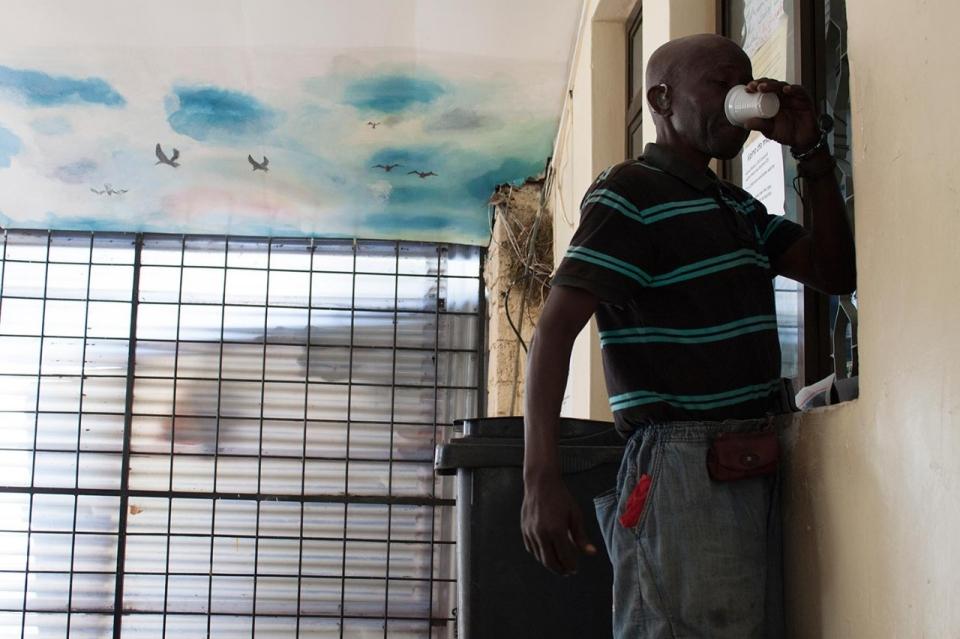Here are 9 stories that show how to make things better
What stories show problems being fixed, things being better? The Solutions Journalism Network gave us a few examples — from how Tanzania is tackling drug addiction to home-visit program that helps low-income, first-time mothers learn good parenting techniques.
1. The irrationality of Alcoholics Anonymous
The Atlantic
Gabrielle Glaser
The Affordable Care Act requires insurers to cover alcohol- and substance-abuse treatment. And while AA persists as the predominant treatment for alcohol abuse, numerous studies undermine its most basic tenets. Gabrielle Glaser weaves a strong narrative with excellent reporting on how alternative treatments approach the problem and why they’re succeeding in addressing it. [8,187 words]

2. How former prisoners are set up to fail, especially if they’re women
Cosmopolitan
Jean Friedman-Rudovsky
Upon prison release, ex-offenders face a long list of obstacles — and the list is even longer if you’re a woman. Jean Friedman-Rudovsky explores how A New Way of Life, a transitional sober living facility in LA, is both helping recently released women reintegrate into society (with an 80 percent success rate), and saving the state and county millions of dollars a year. [4,004 words]

3. Strung out in Tanzania
Al Jazeera America
Sarika Bansal
It’s estimated that fewer than one percent of drug users in sub-Saharan Africa have access to supportive services; treatment programs like methadone are even more scarce. Still, when the Muhimbili methadone clinic opened in 2011, it couldn’t have imagined the demand. Initially expecting to see 150 patients, it had to open up two additional clinics in the past four years to aid more than 2,000 local heroin users. Sarika Bansal‘s captivating look into how Tanzania is tackling drug addiction, one cup at a time. [2,636 words]

4. Cities Saving States
Foreign Policy
Seth Kaplan
Nigeria has more poor people than China (with 1/7 the population), pirates in the south, and a horrifically violent Islamist insurgency in the north. Meanwhile, in the bustling capital of Lagos, government services are steadily improving, business and investment booming. “What are the hallmarks of Lagos’ success and are they replicable?” Seth Kaplan asks. An excellent analysis full of important lessons for other comparable cities in the developing word to learn from. [1,287 words]
oembed://https%3A//www.youtube.com/watch%3Fv%3D36Ah_KXLcVM
5. How one of America’s most dangerous cities reduced gun violence
Al Jazeera America
AJ Plus
Richmond, California, used to be one of the most violent cities in the country. But in just five years, it brought down its homicide rate by 62 percent, thanks, at least in part, to the newly created Office of Neighborhood Safety. AJ Plus brings us this two-part video series, beautifully shot, emotionally riveting, and most importantly, solid reporting on Richmond’s unique approach to violence reduction. [13:22]

6. Oklahoma offers insights as [two TX school districts] consider shutting schools
El Paso Times
Lindsey Anderson
You know the drill: School closures are announced; communities are divided; public officials, pilloried. But after Tulsa closed 13 schools in 2011, the superintendent was named “Tulsan of the Year” and the district won a national PR award. Lindsey Anderson traveled to Tulsa to see how they approached closures differently. Great example of “location transformation” solutions journalism. [1,977 words]

7. Visiting nurses, helping mothers on the margins
New York Times
Sabrina Tavernise
In an effort to tackle persistently high infant mortality rates, the ACA is funding home-visit programs, which help low-income, first-time mothers learn good parenting techniques. The early results are promising, but can small-scale efforts be replicated nationwide? Sabrina Tavernise‘s piece is a good example of a solutions journalism “quickie”: it’s a bit short on the how-to details, but the supporting evidence of the programs’ successes so far is solid. [1,377 words]

8. Police and the mentally ill: LAPD praised as a model for nation
KPCC
Stephanie O’Neill
The LAPD’s Mental Evaluation Unit pairs police officers with mental health clinicians, with the goal of defusing potentially explosive situations. Stephanie O’Neill investigates how the largest unit of its kind annually diverts hundreds of people away from jail and into treatment, and saves the city millions. [3,353 words]

9. As climate changes, cities grapple with big rains
MPR News
Dan Kraker
What happens when a 100-year storm comes more than once a century? In honor of UN World Water Day on March 22, we’re highlighting Dan Kraker‘s feature on how Minnesota is revamping and re-envisioning their water and sewage infrastructure in the face of climate change. A great example of how a localized approach can unveil important learnings for the rest of the world. [1,513 words/7 min, 2 sec]
